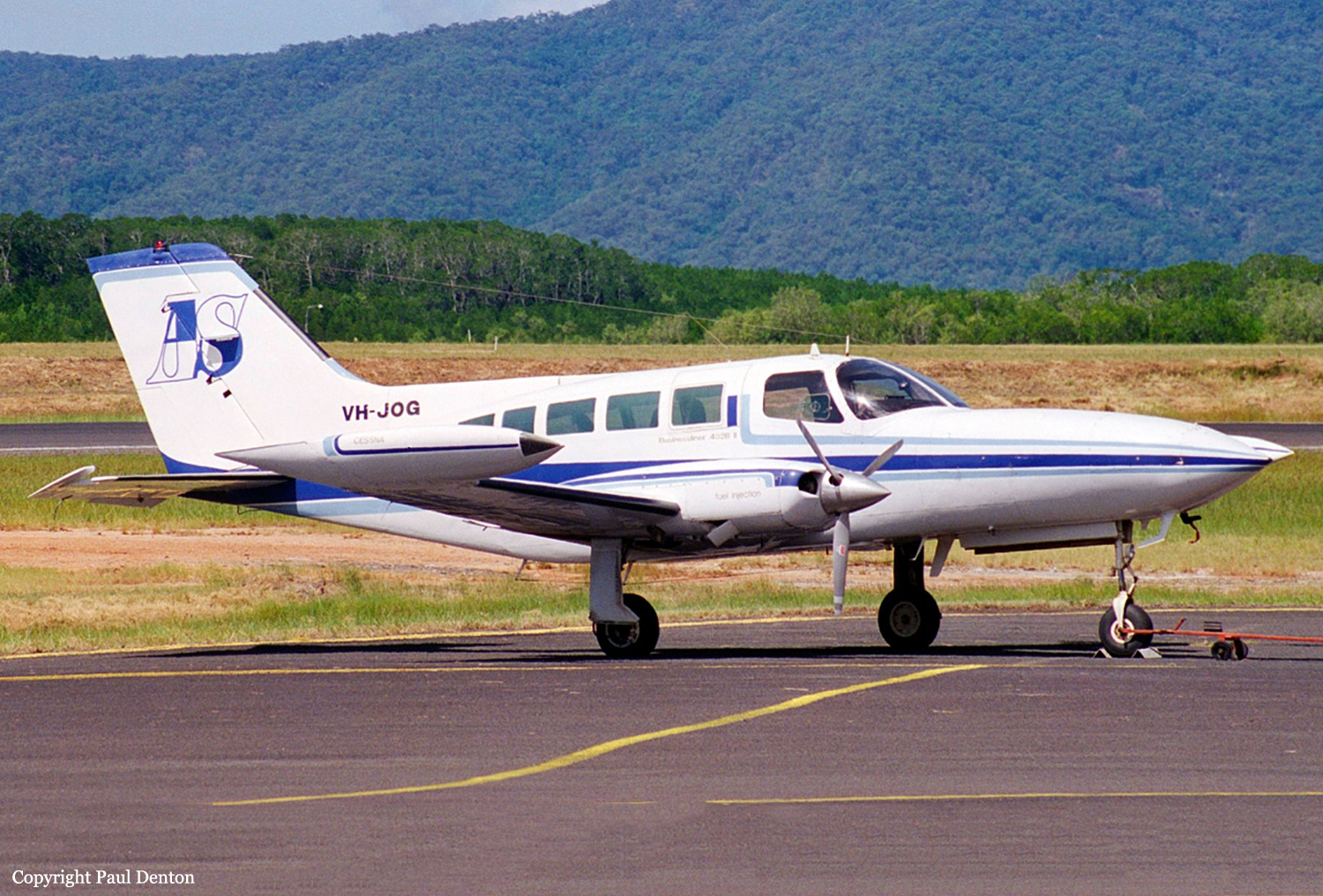Crash of a Fletcher FU-24-950 in New Zealand: 1 killed
Date & Time:
Aug 23, 1996 at 1522 LT
Registration:
ZK-EGQ
Survivors:
No
MSN:
239
YOM:
1977
Crew on board:
1
Crew fatalities:
Pax on board:
0
Pax fatalities:
Other fatalities:
Total fatalities:
1
Captain / Total hours on type:
14000.00
Circumstances:
The pilot, sole on board, was completing a top dressing flight in the region of Motueka. While flying at low height, the aircraft struck with its left wing a pine, lost height and crashed on the northern face of a ridge. The pilot was killed.
Probable cause:
The lone pine tree which the aircraft struck was probably obscured due to the position of the sun and shadow, making it difficult for the pilot to detect. Damage to the aileron control system resulted from the collision, and prevented the pilot from turning away from the ridge he had been sowing. Due to the impaired controllability the pilot was unable to recover from a steep left-banked turn, and the aircraft stalled and collided heavily with the face of the ridge in a nose-down attitude.
Final Report:











